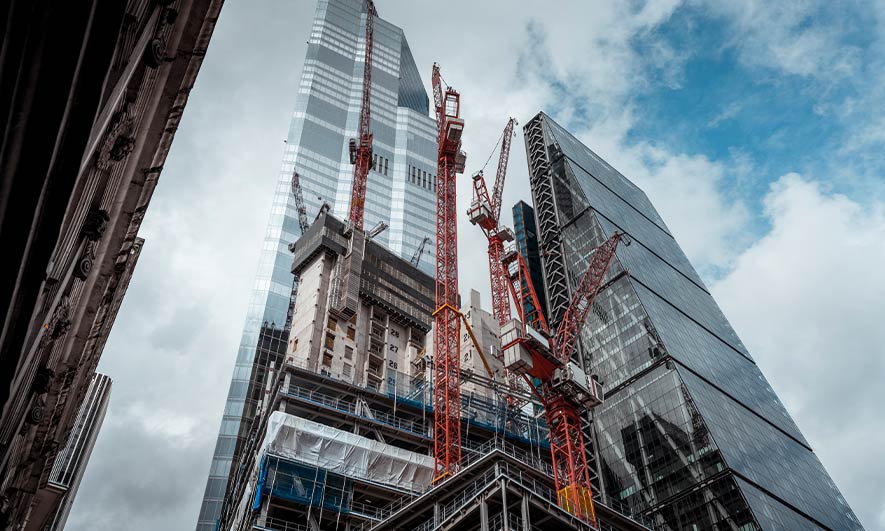The Top 3 Trends That Will Impact the Construction Industry in 2024
As more than 40% of the current U.S. construction workforce will retire in the next decade, industry leaders need to equip themselves with the necessary resources to combat the shifting work environment.1
“Trends in the construction industry will fluctuate in the coming years, which can lead to additional risks for industry leaders. It will be important to think about how they can address any potential risk factors. A lot of leaders have been increasing their planning efforts and looking into technology solutions to combat the ongoing labor shortage,” said David DeSilva, head of construction at The Hartford. Here, he outlines the top three top trends for business leaders to watch in 2024.
1. Ongoing Labor Shortages
Construction is an industry that traditionally has a high labor turnover rate, which means companies needs to hire more frequently. This only increases during labor shortages. The construction workforce is up against several factors, including an aging workforce and recruitment struggles.
Additionally, there has been an increase in large construction projects in concentrated pockets across the country.
“A lot of large-scale projects are happening across the country, many in close proximity to each other. These projects require a massive number of workers, which causes a major drain to surrounding area contractors and projects that need workers,” says Chris O’Hala, managing director of construction risk engineering at The Hartford.
“They aren’t just pulling front line laborers and craft workers, but also superintendents, project managers, and safety management personnel. You combine that with the aging workforce, lack of early career entrants, and it is the perfect storm for creating a challenging recruitment environment.”
In 2024, the construction industry will need to attract an estimated 546,000 additional workers on top of the normal pace of hiring that happened in 2023 to meet the demand for labor.2
The industry is seeing a particular increased need for professionals to enter the construction field as field engineers, superintendents, project managers, safety and quality managers, architects and engineers.
“A lot of folks still believe a career in construction is about getting out there with a shovel in your hand and performing manual labor. There is certainly a labor component to the work, but there are so many other opportunities in the industry,” says O’Hala.
Recruiting younger generations will be vital to recruitment in 2024 and beyond. “Firms have to expand their talent pool, and it is important to think about how you can attract younger people from all different backgrounds and locations. There has never been a better time to be in the construction industry because there is a huge push in the industry to have good culture, with a focus on safety, technology and wellness,” says DeSilva.
2. Increased Supply Chain Management
The construction industry has been critically impacted by supply chain delays since early 2020. However, there is hope on the horizon as professionals have seen the supply chain delays begin to stabilize.
“We believe some of the pressures are easing from the COVID-19 pandemic and related issues, like product delays, have slowly alleviated. Yet there are still some bottlenecks with things like electrical equipment, so it is still critical to plan well in advance,” said O’Hala.
The bottlenecks and supply availability caused by the pandemic exposed other areas of weakness in the supply chain as well. Climate change creates the question of how and when certain items will be available, while turmoil overseas requires companies to stay vigilant on inventory availability.
“For example, look at materials and products that comes from China and Taiwan. As political tension increases, companies need to factor in if they will have access to these materials and how costs are fluctuating,” says DeSilva.
Supply chain management, timely procurement for deliveries and efficient warehouse management will be the key factors to staying on schedule in the year ahead.
“Companies need to invest in staffing and tools to create supply chain plans at the project and company level. You cannot expect materials to be available when you need them. It is crucial to form new relationships and vet new suppliers,” says O’Hala.
Additionally, business leaders can explore purchasing programs that will help to lock in set pricing. “Businesses should consider escalation clauses when contract planning. From the time you sign a contract to putting the first shovel in the ground, pricing for materials will change. By putting in these clauses you are protecting yourself by securing an agreed cost range,” says DeSilva.
It’s also important to have multiple options in the supply chain to serve as a back-up in case your primary supplier has capacity or logistical issues; or worst-case scenario, goes out of business. By diversifying relationships with vendors and contractors, businesses can decrease the possibility that they will be left without materials mid-project.
3. Emerging Technology
The evolution of construction technology has been slow, but transformation is happening to make the industry safer, more cost-effective and efficient.
“Construction has been a late adopter to technology. This creates new opportunity for leaders in the industry to find ways to include technology in their daily practice. As we’ve seen, the shortage of labor has created higher levels of workmanship issues due to lack of capacity. This is the perfect opportunity to implement effective technology to better protect job sites,” says DeSilva.
For example, companies are investing heavily in imagery technology to monitor job sites more effectively. “Site managers can’t be on the job at all times. This is a way to record what is happening and monitor various aspects of a project at one time, which helps encourage worker safety and site security. A safety manager can cover more ground with this imagery technology in place. Instead of overseeing a single project, they might have capacity for multiple projects,” says O’Hala.
Construction companies are also increasing the use of information tracking systems and dashboards. These systems provide a centralized hub for all project stakeholders to obtain real-time access to project information like contracts, design plans and specifications, safety plans and contracts.
Additional popular technology that’s being deployed on construction sites includes:
- Drones: Drones have been used to conduct site inspections in remote or hard to access areas. With drones you can make 3D and topographical models and obtain high-resolution images of job sites.
- Wearables and site sensors: Construction wearables can be placed on workers or in the personal protective equipment (PPE) or clothes of employees. They use GPS tracking and biometrics to mitigate accidents. Wearables can track slips and falls, while site sensors can warn workers about potential hazards and make the jobsite safer. They can track noise levels, dust saturation, temperature and the presence of hazardous substances.
- Robotics: Repetitive tasks can be executed by robots, such as bricklaying and tying rebar. Automation saves workers’ time and allows them to focus on more complex tasks. Robotics is also a promising way to prevent injuries and fatigue on a construction team.
Overall, there is a push to move the construction industry away from manual labor and towards technological methods. “Now is the perfect time to dip your toes in the water and figure out what this is like to work with technology. You need to start somewhere. Pick a problem you have and find a technology solution to help,” says DeSilva.
Protecting Your Company Long Term
As new methods are integrated to mitigate on-going labor and material shortages, leaders should be aware of the added risks they can create – and the solutions that exist to support companies.
“The decreased number of workers, paired with increased work hours, fatigue and lack of process knowledge, creates a greater chance for loss. You must understand the technology, and its limitations, while also staying up-to-date on new offerings in the construction technology and equipment sectors. Additionally, it is important to explore resources that help train workers who might have a lesser skillset or simplify overly complex processes,” says O’Hala.
To best protect your company from loss, start with a strong, proactive leadership team. Prioritize hiring, effective onboarding and continuous training as a means of promoting safety and quality efforts.
“It starts with the leaders of a company. When you have less experienced workers coming in, what types of training are you putting them through to ensure ongoing success? Do you have mentorship or apprenticeship programs? These are all risk mitigation techniques to prevent product issues and decrease workers compensation injuries. It is about accountability and proactiveness as leaders,” says DeSilva.
1 “Replenishing The Construction Labor Shortfall,” Forbes, August 2022
2 “Construction Workforce Shortage Tops Half a Million in 2023, Says ABC,” ABC, February 2023
3 “10 Construction Technology Trends Impacting the Industry,” UK Connect, July 2023
The information provided in these materials is intended to be general and advisory in nature. It shall not be considered legal advice. The Hartford does not warrant that the implementation of any view or recommendation contained herein will: (i) result in the elimination of any unsafe conditions at your business locations or with respect to your business operations; or (ii) be an appropriate legal or business practice.
The Hartford assumes no responsibility for the control or correction of hazards or legal compliance with respect to your business practices, and the views and recommendations contained herein shall not constitute our undertaking, on your behalf or for the benefit of others, to determine or warrant that your business premises, locations or operations are safe or healthful, or are in compliance with any law, rule or regulation.
Readers seeking to resolve specific safety, legal or business issues or concerns related to the information provided in these materials should consult their safety consultant, attorney or business advisors. All information and representations contained herein are as of October 2023.
Links from this site to an external site, unaffiliated with The Hartford, may be provided for users’ convenience only. The Hartford does not control or review these sites nor does the provision of any link imply an endorsement or association of such non-Hartford sites. The Hartford is not responsible for and makes no representation or warranty regarding the contents, completeness or accuracy or security of any materials on such sites. If you decide to access such non-Hartford sites, you do so at your own risk.
The Hartford Financial Services Group, Inc., (NYSE: HIG) operates through its subsidiaries, including the underwriting company Hartford Fire insurance Company, under the brand name, The Hartford,® and is headquartered in Hartford, CT. For additional details, please read The Hartford’s legal notice at https://www.thehartford.com.
2 Comments
-
-
Lorem ipsum dolor sit amet, sed do consectetur adipiscing elit incididunt. Consectetur adipiscing elit tempor incididunt ut labore consectetur adipiscing elit.
-





Matthew Lutrell
Lorem ipsum dolor sit amet, sed do consectetur adipiscing elit incididunt. Consectetur adipiscing elit tempor incididunt ut labore consectetur adipiscing elit vero eos et accusam et justo duo dolores et ea rebum.